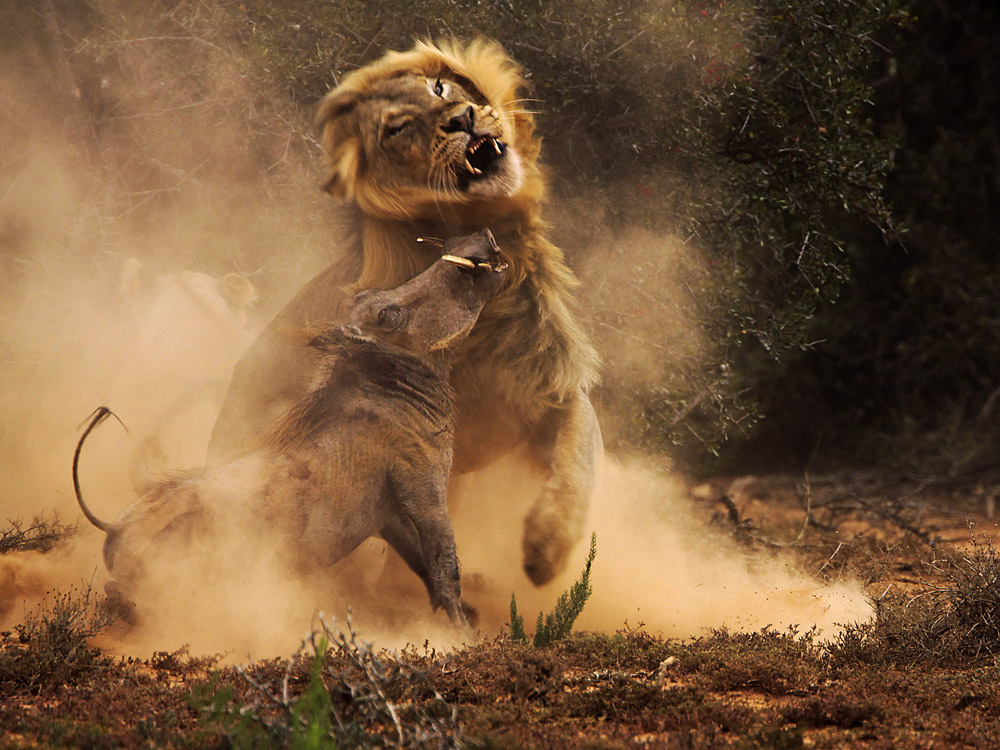I've played the "local aggressor" in mock Humanitarian Assistance Operations (HAO's) a few times. Playing aggressor is fun in training scenarios because there is no fear of repercussion if you antagonize the other side of the training force and they move on you. We caused much havoc with the little amount of equipment and instruction we were given by our command. Seems like both sides of our training force got some useable knowledge out of the deal. I'd bet that it's not at all that fun in real life without body armor, gas masks, good comms, and support such as potable water, food, and a Medic on standby. I wouldn't bet my life via comm procedures through Facebook or Twitter posts, as they can be removed with one easy click of a mouse. When you're caught out there on the streets in the middle of a melee, it's the real deal Magilla Gorilla. Stay low, move swiftly, and get away clean.
With things as hostile and heated as they are in certain areas of our country, you could be in the middle of a riot on your way home from anywhere before you even batted an eye. This could help you get up to speed on what to expect and maybe help you with GTFO there. Pay special attention to the "Non-Lethal Round" section. That 40 Mike Mike will ruin your F'n day.
The following is for educational refresher purposes:
On April 29, 1992, a jury announced a not-guilty verdict for four white police officers who were videotaped beating Rodney King, a black man, in Los Angeles, CA. Within hours, protests and demonstrations turned violent, and by 8 p.m. that night, full-scale riots had broken out and were spreading throughout Los Angeles.
Fires, looting, shootings and beatings raged though the city until May 2, when the presence of the U.S. National Guard, Marines and other federal troops combined with public pleas from politicians, store-owners and even Rodney King himself quelled the violence. In the end, 54 people were killed, and more than 2,300 were injured. More than 7,000 fires, along with window smashing, looting and attacks on vehicles resulted in an estimated $1 billion in damage. Los Angeles city courts were backed up for months dealing with the more than 12,000 arrests that resulted from the riots.
Today's police forces are better equipped and better trained to deal with crowds that get out of control. In this article, we'll learn what causes riots, how police units approach crowd control problems and what equipment they use to clear the streets safely.
What Makes a Riot?
To understand how police control riots, first we need to understand how a riot gets started in the first place. A riot is a crowd that takes violent, illegal actions, reacting out of fear or anger. The crowd takes on a mob mentality -- the people making up the "mob" do things they normally would not do because the crowd makes them anonymous; this anonymity, combined with the actions of the rest of the crowd, makes them feel like they can smash, burn or beat whatever and whomever they want.
There are different kinds of riots, but almost all riots can be described in general terms as being like a fire.
For a fire to start, two things are needed: fuel and a spark.
Read the rest here



No comments:
Post a Comment